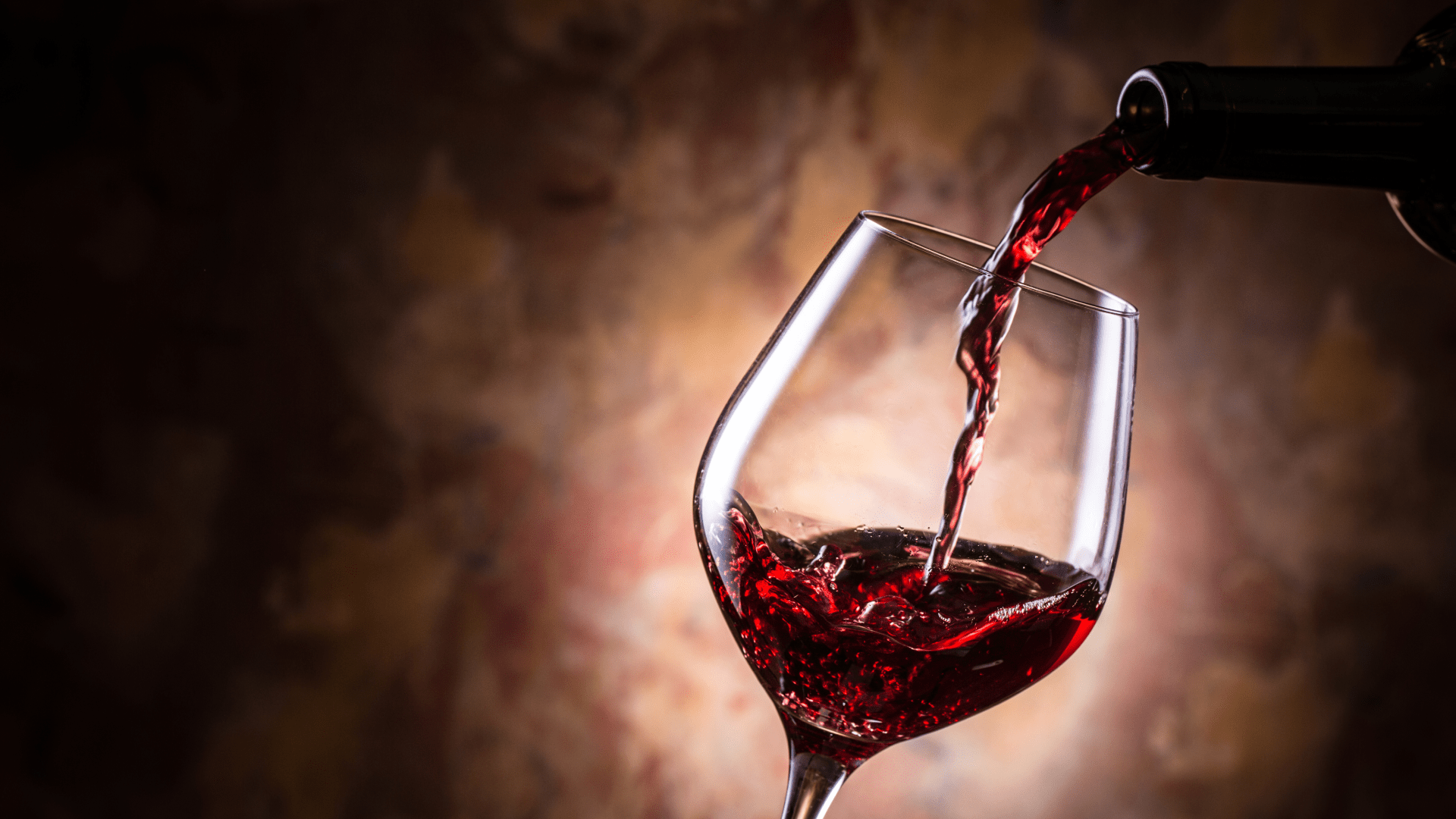
Winery
In Italy the wine production is of interest for all its regions, and it finds its base in vineyards that are in extremely different environments, from lowlands to high altitudes and slopes. The Italian winery offer is extremely diversified, both in terms of typologies, that in unitary product price.
Italy, as well with France, is located as leader of the market in rating of production countries, with a quote on the global production of about 20%.
Italian wines are recognized at global scale thanks to the denominations that can be:
- Denomination of Protected Origin (DOP);
- Protected Geographic Indication (PGI).
In this supply chain exist two types of business models:
- Agricultural wine cellars, that utilise own grapes to create the final product;
- Industrial wine cellars, that vinify only the purchased grapes from winemakers and intermediaries;
- Cooperatives, that vinify with grapes that is conferred from associated producers.
The production phases of the wine are subdivisible into:
- Grape-harvest: which is the harvest of the grapes from the vineyards. It can happen manually, guaranteeing more accuracy, or mechanically. It takes place from August to October;
- Pressing: traditionally is made with foots, nowadays is done with the help of machines. The grapes are squeezed and the obtained must is taken. It is during this process that the destemming takes place, which is the elimination of grape stalks and grape stones, the seeds. It is important to obtain a juice without breaking the grapes’ peels;
- Vinification: the must is left to ferment in dedicated bins for 7/10 days. The red wine ferments only with solid components, that gives “life” to the dark colour. The white wines ferment only when separated from the grape stalks, characteristic that for the rose wine is partial;
- Racking: the wine is filtered until it will be clarified and then racked into containers;
- Aging: allows the sugar of the grapes to be transformed into alcohol. This phase takes place in wooden casks, whose choice affects the characteristics of the wine.
- Bottling: the wine is filtered and deoxygenated. The phase of aging continues also in bottle, making the wine “living matter”.
In recent years, the winery sector has seen the entry of new competitors from the New World (Australia, South Africa, USA, and Chile) that are better organized than traditional producers on the productive and commercial level.
A second challenge is represented by the large retailers and multinationals that have decided to expand their business in this sector.
It is estimated that the value of this sector, in Italy, exceeds 5,5 billion for domestic consumption and over 7,3 billion for Export.
Italy is a member of the OIV (International Organization of Vineyards and Wine): in this context, in 2017, specific recommendations were adopted for the application of the principles of sustainable production in wine making.
Sustainable Soil and Crop Protection
Con l’Agricoltura integrata (Sustainable Soil and Crop Protection) si promuove l’utilizzo di nuove e sostenibili tecnologie per la protezione delle colture e la tutela dell’ambiente a garanzia di una migliore sicurezza alimentare e di un minor impatto sulla natura.
I principi fondamentali indi...
Supply chains involved:
Plant-based Beverages Cereals Canned Foods Nuts Fruit and Vegetables WineryFood Safety and Quality
Con Sicurezza alimentare (Food Safety) si identifica un ambito normativo e sanitario che comprende una serie di pratiche, regole e best practices che hanno lo scopo di assicurare che il cibo che arriva sulle tavole del cittadino-consumatore venga sempre trattato, ma anche consumato, in modo salubre, igienico e privo di rischi...
Supply chains involved:
Cereals Canned Foods Nuts Fruit and Vegetables WineryProcess and Product Innovation
Il passaggio all’Industry 4.0 è un momento di profondo cambiamento e innovazione che coinvolge tutti i settori.
Si tratta di una nuova rivoluzione industriale, ancor più dirompente delle precedenti, che nasce dalla convergenza delle tecnologie IT con quelle OT in un unicum digitale.
Impatta sulla tecnologia, sui dati e sulle inf...
Supply chains involved:
Plant-based Beverages Coffee Cereals Chocolate Canned Foods Beer Dairy Products Nuts Food Supplements and Nutraceuticals Milk Plant oils Fruit and Vegetables Pasta Meat Baking products Sweet products Rice Cold Cuts and Cured Meats Winery